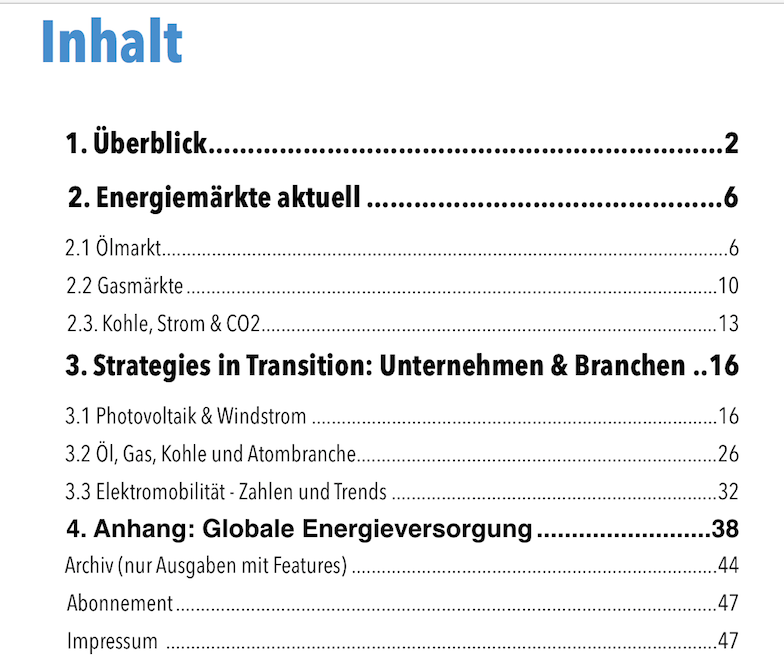Italian power giant Enel has announced the sale of Russia´s largest coal plant Reftinskaya (3.8 GW) to leading Siberian power and heat utility Kuzbassenergo, owned by SGC (SUEK), for “at least” RUB21bn (approx. $320m).
Enel is the 2nd largest global utility. It is regarded as the forerunner in the utility world thanks to its fast and successful switch to renewable power in Europe and the Americas, to smart grids and EV infrastructure.
In May 2019, Enel reached its highest market capitalization ever at €58.7bn. It is the largest utility in Europe, ahead of Iberdrola and EDF. Worldwide, the company ranks second only to US-based NextEra (excluding Chinese state-owned conglomerates).
Enel´s CEO Starace recently warned that the EU power sector has reached a “watershed” as cheap renewables will destroy the economic viability of coal production within a decade.
As the outgoing president of Eurelectric, the Europan power industry body, he praised the new-found alliance between the European Commission and the European power sector with both promoting a swift transition to decarbonized power solutions.
In stark contrast to the gloomy appearance of the UK or German power industries, he sees good prospects for the sector in a more and more electrified world.
The IEA concluded in its latest “World Energy Investment 2019” report that utilities focussing on renewables on average show a better financial performance in terms of capital cost (WACC) and returns (ROIC).
Links and Sources:
https://www.ft.com/content/444c9980-83b4-11e9-b592-5fe435b57a3b
Picture: Enel power plant in Russia, courtesy Enel.

 Sweden´s Vattenfall AB is accelerating the transition to renewables, as German newspaper
Sweden´s Vattenfall AB is accelerating the transition to renewables, as German newspaper 